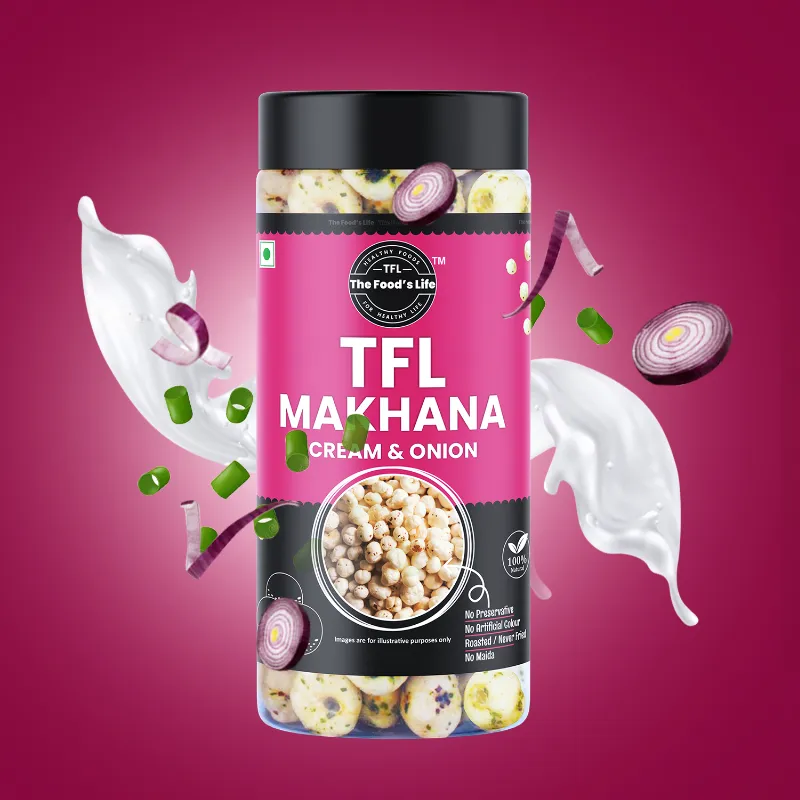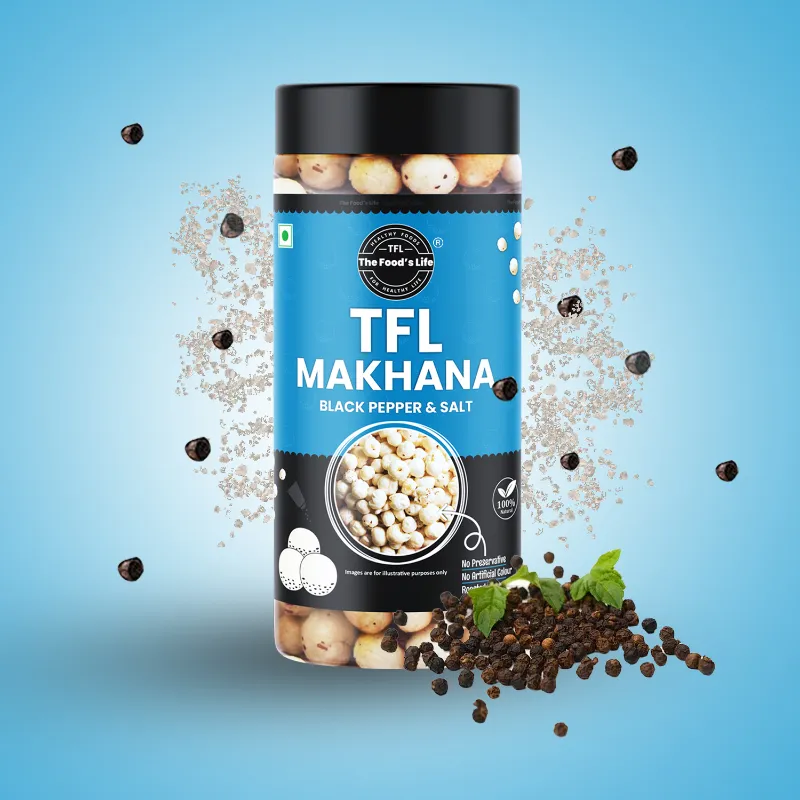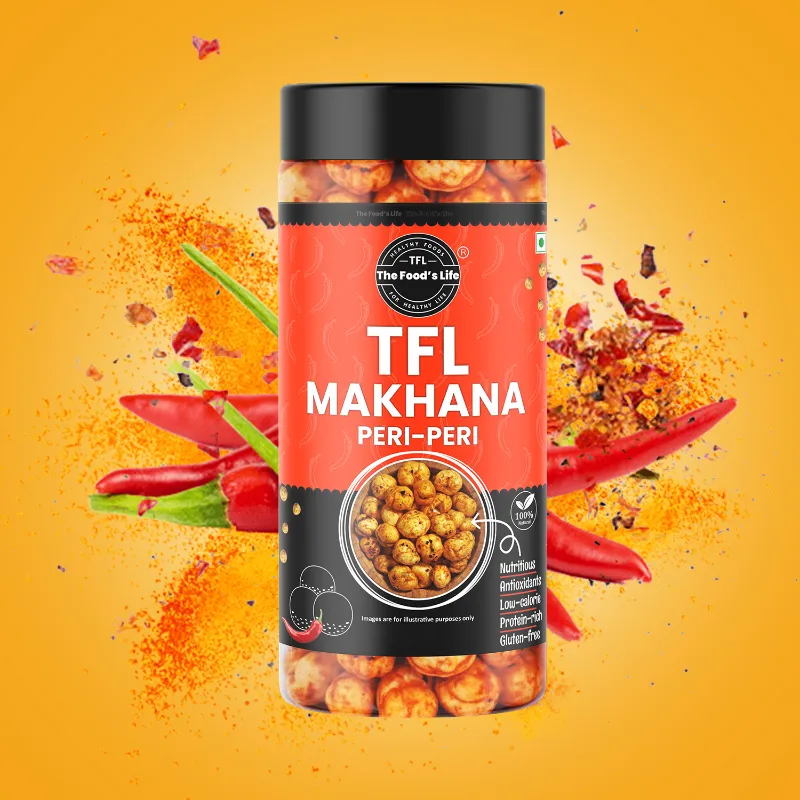Makhana, also known as fox nuts or lotus seeds, and it undergoes a fascinating journey from the serene lotus ponds to becoming a delightful snack on our plates. So Let’s explore the step-by-step process of harvesting makhana in India and demystifying the simple yet intricate techniques employed by local farmers.
Farmers very carefully select lotus ponds that meet the perfect conditions for cultivating makhana, and initiating the process.. Farmers choose ponds with clear water, abundant sunlight, and minimal pollution. These natural factors play a crucial role in ensuring the quality and purity of the lotus seeds.
The growth of lotus plants intricately links with the cultivation of Makhana. Farmers carefully nurture these aquatic plants, allowing them to flourish in the pond’s nutrient-rich waters. The lotus plants develop vibrant blossoms, and underneath these blossoms, the lotus seeds or makhana pods begin to form.
As the lotus seeds mature within their protective pods, skilled farmers venture into the ponds to hand-pick these delicate pods. The harvesting process is a labor-intensive task that requires a gentle touch to ensure the seeds remain intact. This careful hand-picking preserves the quality of the makhana and prevents damage to the seeds.
Once the makhana pods are collected, they undergo a crucial sun-drying phase. Farmers spread the harvested pods out in the open, allowing the sun’s warmth to naturally dry them. This step is essential for reducing the moisture content in the pods, ensuring their longevity and preparing them for the next phase of processing.
After thorough sun-drying, the makhana pods are ready for the meticulous process of removing their outer shells. This step requires skill and precision, as farmers delicately crack open each pod to reveal the white lotus seeds within. The removal of the outer shells exposes the raw makhana, ready to be processed further.
The next step involves roasting the raw makhana to perfection. This not only imparts the characteristic crunch but also enhances the flavor. Traditionally, farmers roast makhana in ghee, adding a rich aroma and a subtle nutty taste to the seeds. The roasting process is a blend of expertise and tradition, ensuring the makhana achieves its desired texture and flavor.
Once roasted, makhana can be enjoyed as a simple and delicious snack. However, to cater to diverse tastes, many producers offer seasoned or flavored varieties. Popular choices include salted, spicy, or sweetened. After carefully seasoning, we package the makhana, ready to reach the hands of consumers eager to savor this wholesome and nutritious snack.
The final stage of the makhana’s journey involves reaching consumers across the country and beyond. From the tranquil lotus ponds to the bustling markets, this snack travels a long but fulfilling path, connecting the labor of farmers with the enjoyment of those who appreciate this delightful and healthy treat.
Conclusion
In essence, the harvesting process of makhana represents a harmonious blend of nature’s gifts and human expertise. So Farmers, dedicated to preserving and perfecting this centuries-old tradition, carefully select lotus ponds and meticulously hand-pick, sun-dry, and roast the seeds. Each step in this journey testifies to the farmers’ dedication, and as you relish a handful of the crunchy snack, remember the encapsulated journey that embodies the simplicity, purity, and wholesomeness of this beloved snack.






